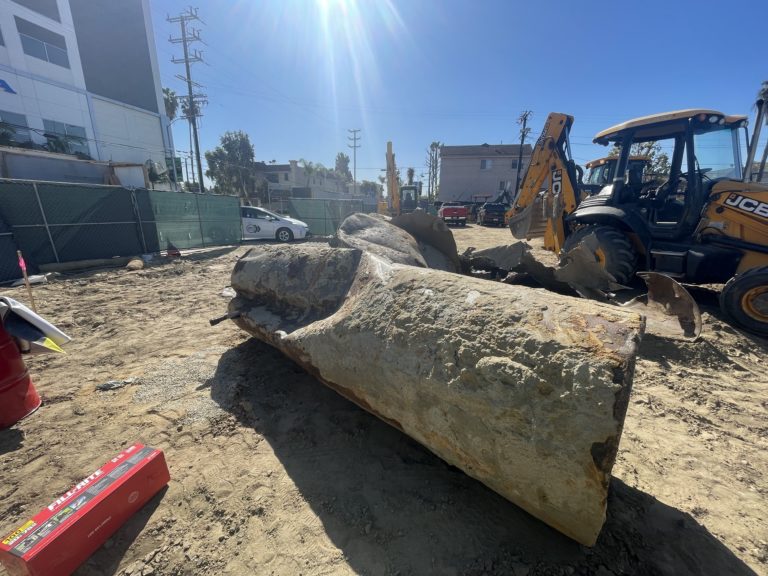Dry Density (ρd)
“Dry Density” (ρd) is a value that represents the density of soil when it is completely dry. To illustrate, it equates to (“bulk density” / 1) + “water content.” This is a common geotechnical engineering laboratory procedure.
Dry Density Formula
Dry Density = [(Bulk Density ÷ 1) + (Water Content)]



